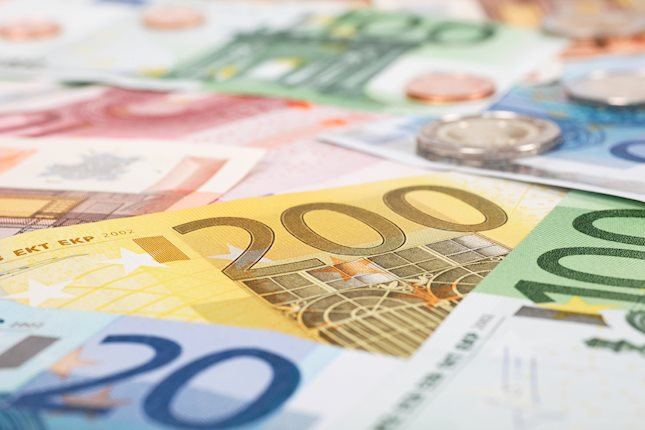The Eurozone’s inflation rate increased to 2.3% in November, with ‘core’ stable at 2.7%. Some upward pressure on prices is likely to remain in December, but weak eurozone demand will be a key driver for softer inflation next year.
We expected November's data to show an increase in headline inflation because of base effects, but some upward pressure from input prices is starting to become more pressing. Commodity prices, such as food and natural gas, have been on the rise again, which is starting to impact headline inflation, although that impact is fairly modest so far. The substantial weakening of the euro against the dollar adds to this modest upward pressure on inflation at the moment.
At the same time, economic activity continues to show signs of weakness. And while wage growth has come in hotter than expected in the third quarter, this is likely more of a 'last hurrah' than an accelerating trend. The labour market is softening and we expect that to come with moderating wage growth over the course of next year. With demand expected to remain weak, it doesn’t look like the ECB should be overly concerned about the current uptick in inflation. While December is likely to come in high again when it comes to headline inflation, moderation can be expected for early next year.
Core inflation remains high and has been stuck at 2.7% for three months in a row. Some easing can be expected in the coming months, mainly from easing services inflation. Services inflation fell slightly in November, from 4 to 3.9%, while goods inflation ticked up from 0.5 to 0.7%. Expectations for continued weak demand should help core inflation trend down in the months ahead.
Read the original analysis: Eurozone inflation ticks up, but ‘core’ is stable
Content disclaimer: This publication has been prepared by ING solely for information purposes irrespective of a particular user's means, financial situation or investment objectives. The information does not constitute investment recommendation, and nor is it investment, legal or tax advice or an offer or solicitation to purchase or sell any financial instrument. Read more here: https://think.ing.com/content-disclaimer/
Recommended Content
Editors’ Picks

EUR/USD holds near 1.0550 after Eurozone inflation data
EUR/USD trades marginally higher on the day at around 1.0550 in the European session. The data from the Eurozone showed that the annual HICP inflation rose to 2.3% in November from 2% in October, as expected. Financial markets in the US will close early on Friday.

GBP/USD loses traction, retreats below 1.2700
After climbing to its highest level in over two weeks at 1.2750, GBP/USD reverses direction and declines to the 1.2700 area on Friday. In the absence of fundamental drivers, investors refrain from taking large positions. Nevertheless, the pair looks to snap an eight-week losing streak.

Gold gains on haven demand due to rise in geopolitical risk
Gold stages a bigger rebound on Friday and enters the $2,660s during the early US session. A rise in safe-haven flows due to a breakdown in the Israel – Hezbollah ceasefire agreement is one of the catalysts, as is Russian President Vladimir Putin’s warning Russia could launch nuclear-capable missiles at Ukraine.

Bitcoin attempts for the $100K mark
Bitcoin (BTC) price extends its recovery and nears the $100K mark on Friday after facing a healthy correction this week. Ethereum (ETH) and Ripple (XRP) closed above their key resistance levels, indicating a rally in the upcoming days.

Eurozone PMI sounds the alarm about growth once more
The composite PMI dropped from 50 to 48.1, once more stressing growth concerns for the eurozone. Hard data has actually come in better than expected recently – so ahead of the December meeting, the ECB has to figure out whether this is the PMI crying wolf or whether it should take this signal seriously. We think it’s the latter.

Best Forex Brokers with Low Spreads
VERIFIED Low spreads are crucial for reducing trading costs. Explore top Forex brokers offering competitive spreads and high leverage. Compare options for EUR/USD, GBP/USD, USD/JPY, and Gold.